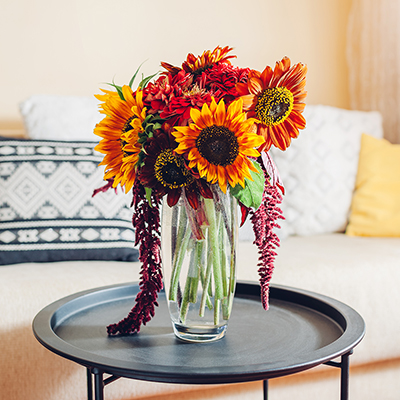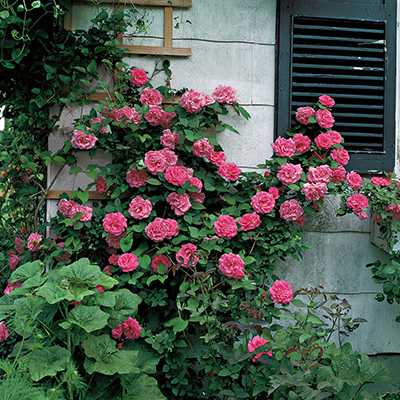How to Care for Roses in Summer
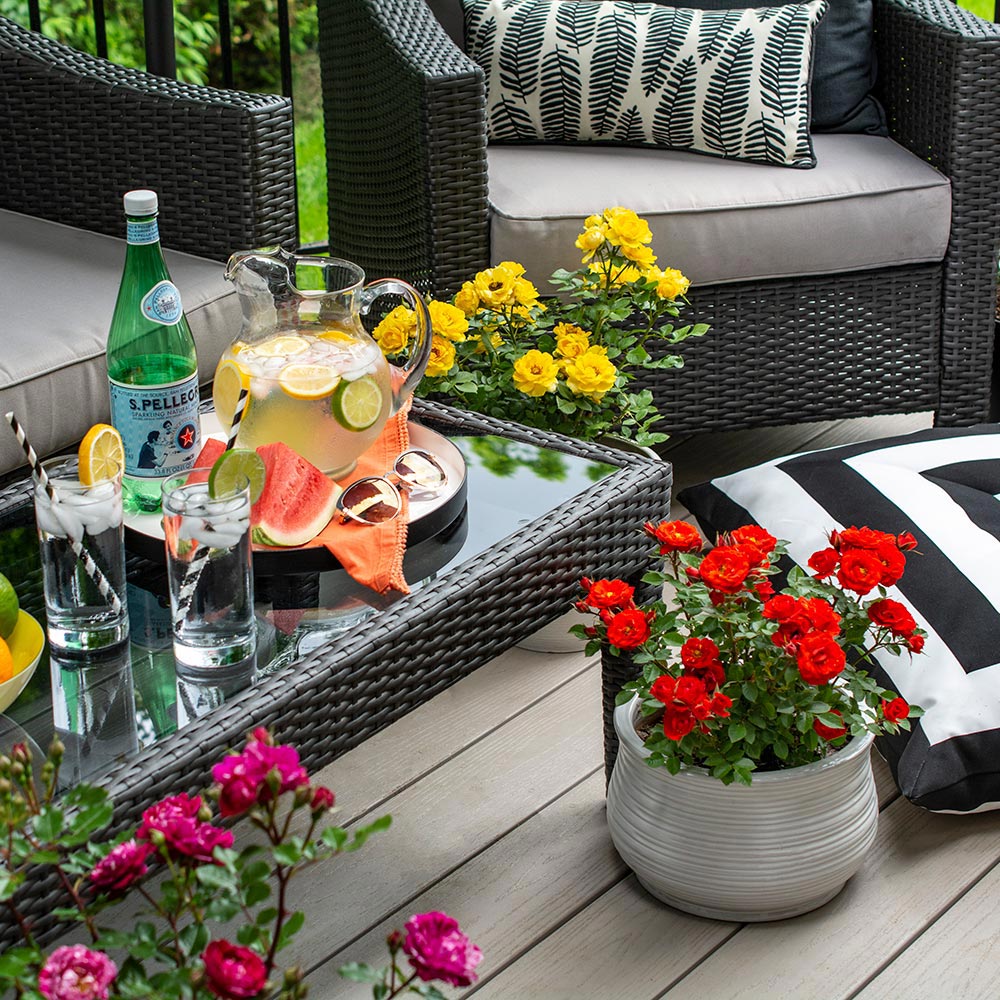
Last updated September 7, 2023
The sultry days and nights of mid-summer can be hard on your garden, especially roses. Give roses some extra TLC to enjoy them just a little bit longer and for a second flush of blooms before the end of the season.
Rose expert Chris Van Cleave offers his tips for getting roses through the toughest part of summer. Known as the Redneck Rosarian, Van Cleave gardens in zone 8A in Helena, Alabama, near Birmingham.
This guide will shiow you how to care for roses in summer.
Difficulty:
Beginner
Duration:
Under 2 hours
Table of Contents
Water Regularly
Add Mulch
Remove Shed Leaves
Apply Fungicide as Needed
Protect Against Japanese Beetles
Prune Bushes to Maintain Shape
Water Regularly
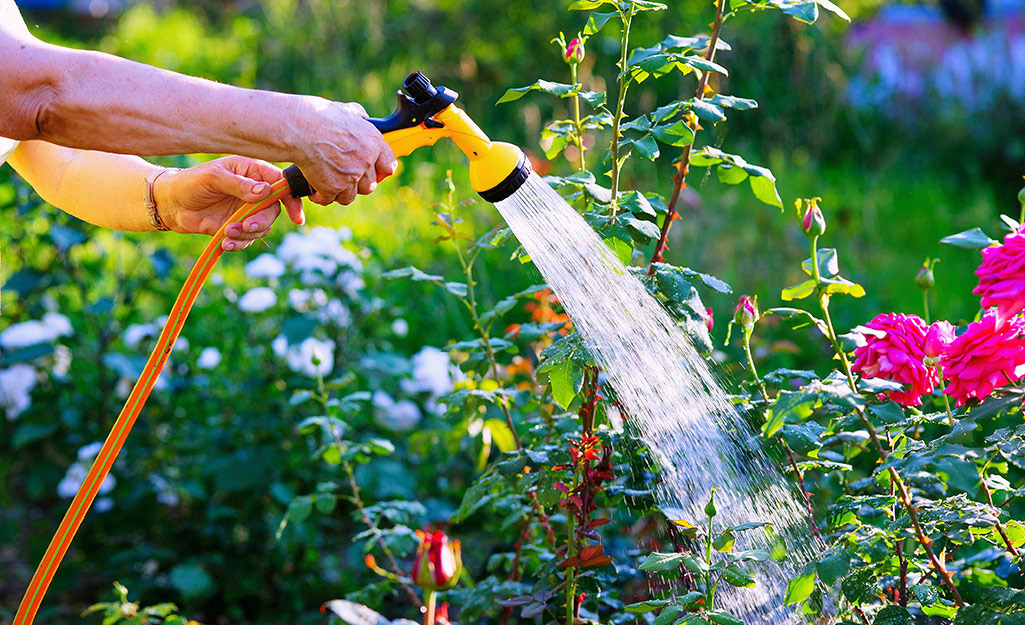
Drip irrigation may be the best solution for consistent watering. These systems deliver water through a network of tubing to keep roots moist without overwatering.
Add Mulch
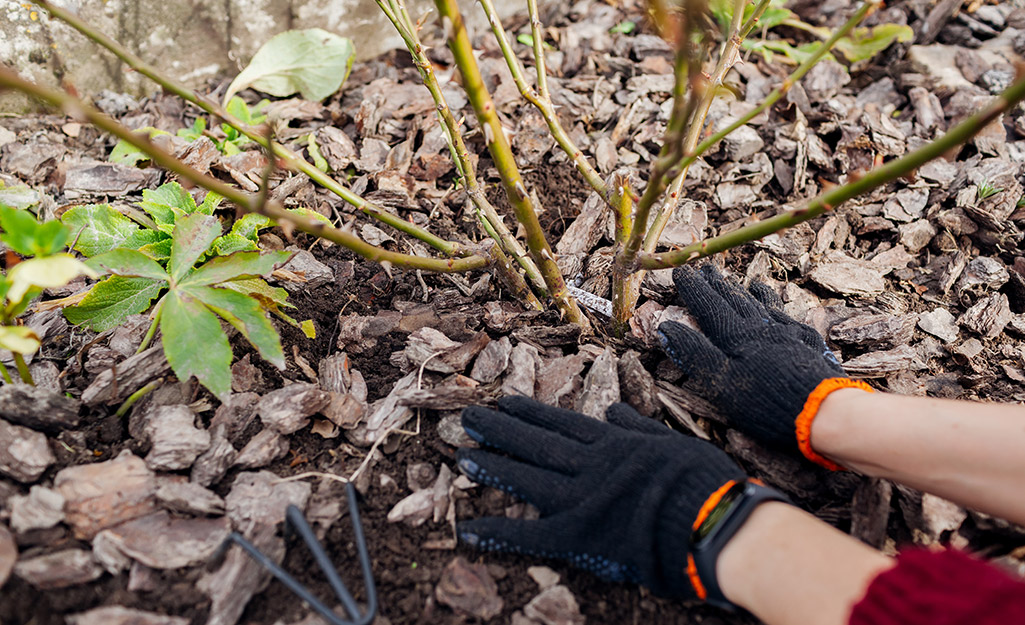
Make the most of your watering regimen by keeping roses mulched. Organic mulch reduces evaporation and keeps plant roots cool during hot summer days.
Use a square-point shovel to add mulch to beds and create a layer about 3 to 4 inches thick.
Remove Shed Leaves

Pick up dead and diseased leaves that have fallen to the ground. Good housekeeping practices significantly reduce disease in the garden, Van Cleave says.
"The key to keeping disease out of your garden is being proactive," Van Cleave says. "Like my grandmother used to say, 'It's better to prepare and prevent than to repair and repent.'"
The most prevalent rose disease, black spot mold, increases as the humidity in the air increases. When you pick up and dispose of diseased foliage, you help control the spread of black spots.
Cleaning fallen leaves also enhances airflow to the roots and base of the bush to support healthy growth.
Tip: When working around rose bushes, wear gardening gloves to protect your hands from thorns.
Apply Fungicide as Needed
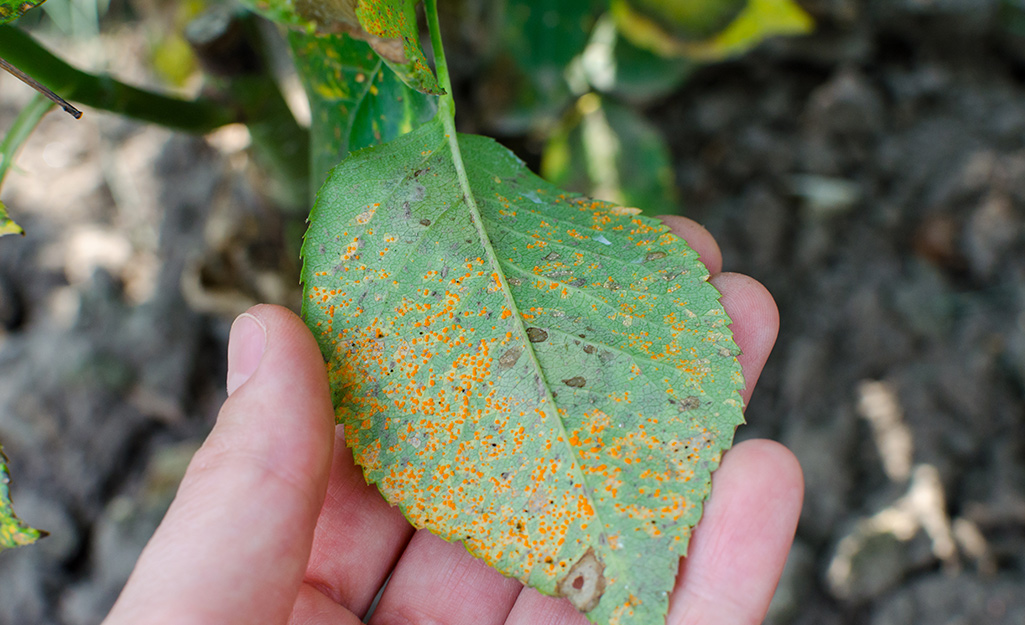
In humid climates, removing dead leaves may not prevent black spot. Check leaves regularly for signs of the disease. Infected plants will have yellowed leaves with noticeable black spots.
Treat black spot with anti-fungal spray. Follow the directions on the packaging to use the treatment correctly. For most products, plan to reapply every seven days to fight black spots throughout the summer.
Protect Against Japanese Beetles
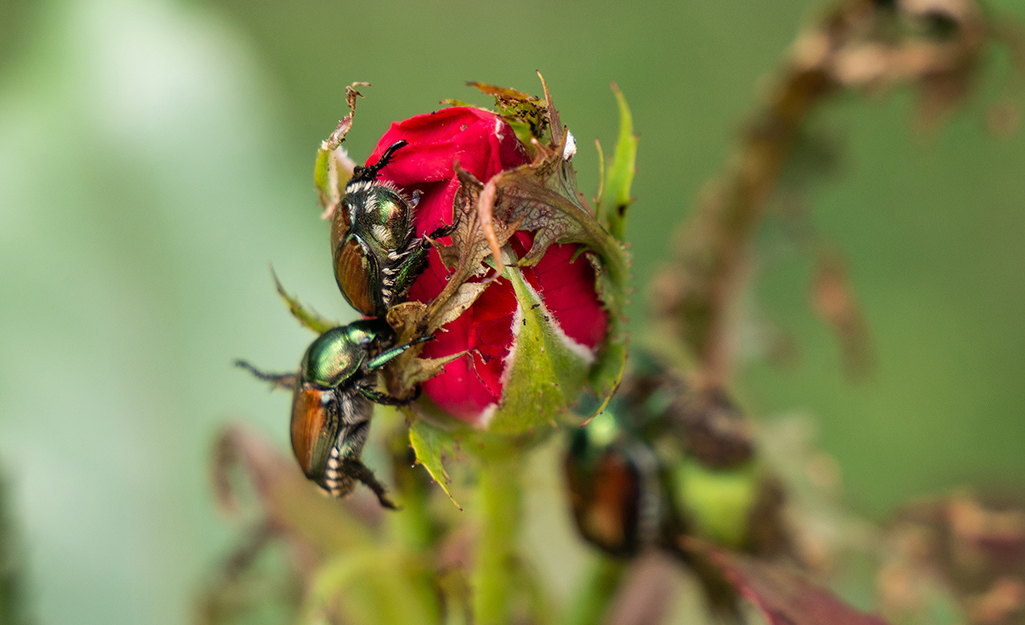
Japanese beetles are a major threat to rose bushes. These insects are easy to spot by their metallic brown wings and shiny heads.
If left unchecked, the pests can chew leaves down to their veins. Japanese beetles often feed overnight, so look for signs of damage first thing in the morning.
When you spot the insects, remove them manually. Slip on gloves and handpick the beetles from the leaves. Throw them into a bucket filled with warm, soapy water.
Van Cleave recommends spraying for pests only if they become a problem over time. Try Japanese beetle traps before applying pesticides. Planting companions that attract beneficial insects like irises, bee balm and daylilies may also help keep pests at bay.
Prune Bushes to Maintain Shape
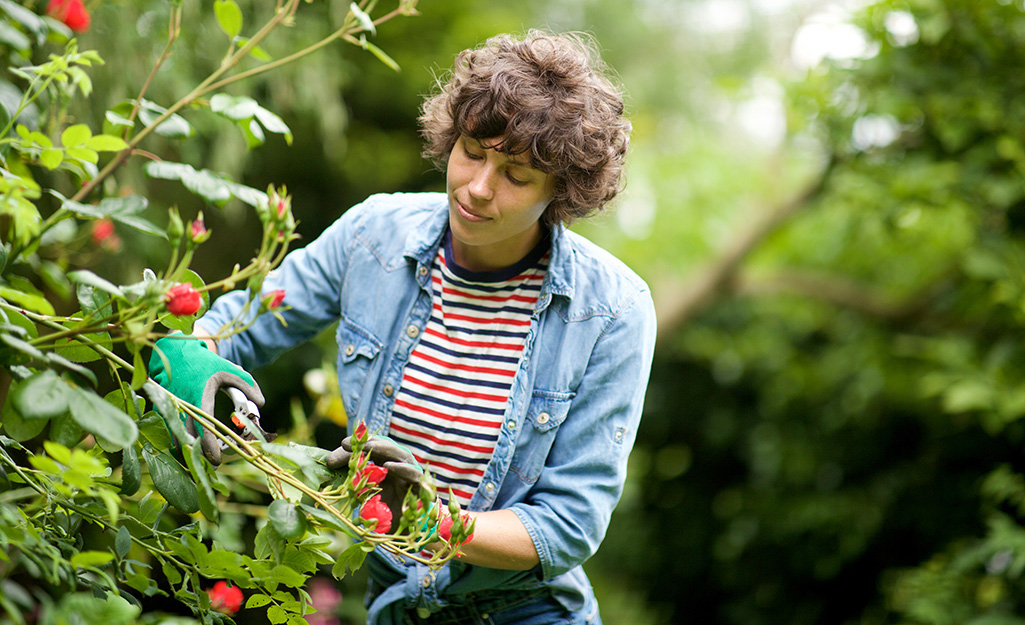
Prune roses in late summer. Cut back repeat blooming roses by half in late July to early August. Doing this shapes up the plant and signals the bush to bloom again. In about six weeks, this late-summer pruning will bring a final flush of blooms.
Use sharp pruning shears to make cuts about 0.25 inches from an outward-facing bud. Keep the shears at a 45-degree angle to allow for water runoff. After pruning each bush, wipe down pruning shears with a disinfectant spray to prevent the spread of disease from plant to plant.
Fertilize as Needed
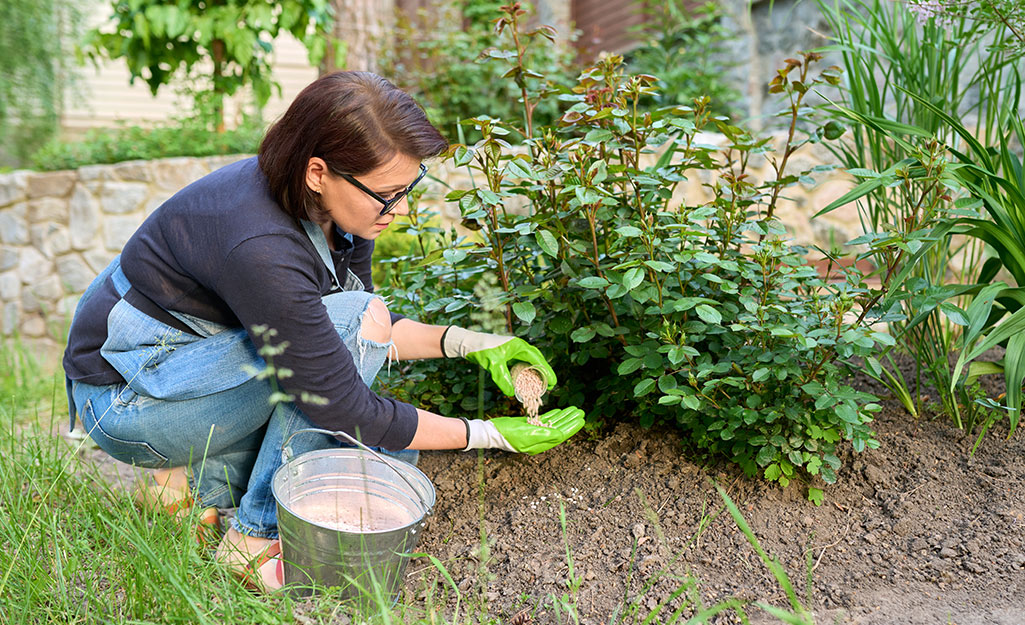
To encourage a final flush of blooms, give roses a boost with an organic fertilizer in July and August. Avoid applying fertilizer after August ends. Read the labels before use, and be careful not to over-apply.
Tip: Growing roses organically is possible. It’s all about the variety you grow. Choose roses for disease resistance and place them in the sunniest part of your garden. Roses need a minimum of six to eight hours of sunlight daily to thrive.
Cut Flowers Carefully
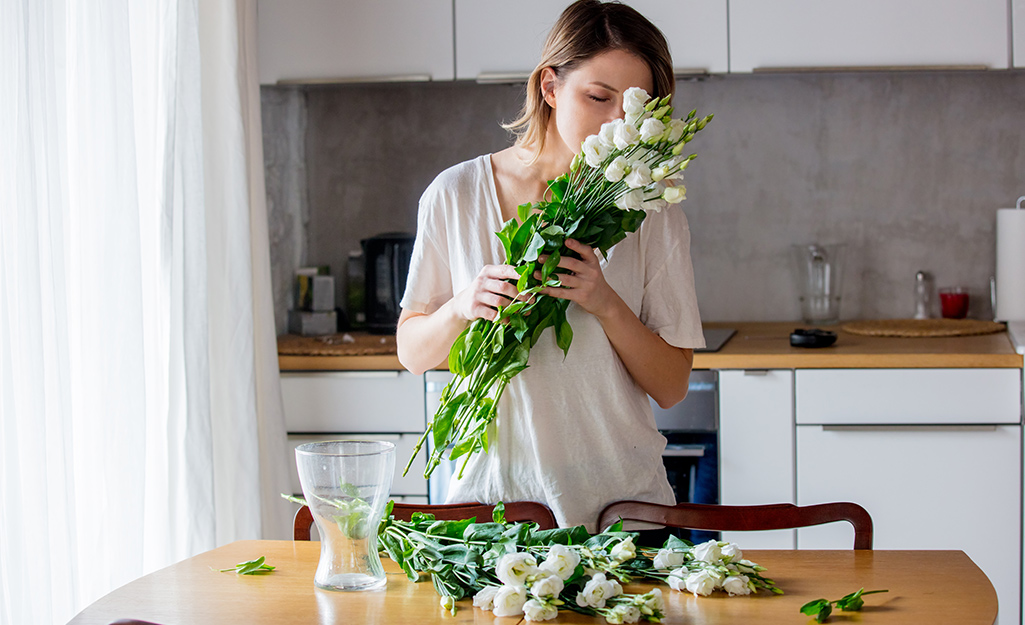
Gardeners should enjoy the fruit of their labors and share them with others, Van Cleave says. He estimates he cuts about 50 percent of the roses in his garden to give away. "I’ve never met a person who didn’t want a rose," he says.
For best results, cut roses early in the morning when the blooms have the most water. Bring along a bucket of water and sharp pruners or scissors.
Cut rose stems as long as possible and plunge them immediately into water. You have only a 2-minute window to hydrate the stem.
Once inside, put a clean cut on each stem and place in a vase filled with the Redneck Rosarian's recipe for cut rose success: equal parts lemon-lime soda and water, to which he adds a copper penny.
Continue to trim the stem every two to three days. Your cut roses can last up to 10 days with this treatment.
Regional Roses

The heat tolerance of rose varieties varies. Select roses based on your region to get plants that are ready for the weather in your area.
The following are a few regional rose favorites.
Pacific Northwest:
- Icecap邃「
- Driftツョ Roses
- Verandaツョ Roses
- Sunblazeツョ Miniature Roses
Midwest:
- Driftツョ Roses
- Knock Outツョ Roses (some are only hardy to zone 5)
- Cherry Frost邃「
- Sunblazeツョ Miniature Roses
Southeast:
- Tahitian Treasure邃「
- Driftツョ Roses
- Knock Outツョ Roses
- Sunblazeツョ Miniature Roses
Northeast:
- Icecap邃「
- Driftツョ Roses
- Knock Outツョ Roses (some are only hardy to zone 5)
- Sunblazeツョ Miniature Roses
Southwest:
- Icecap邃「
- Verandaツョ Roses
- Sunblazeツョ Miniature Roses
- Preference邃「
Check the hardiness zones listed on plant tags as you shop to set yourself up for successful summer rose growing.
With regular care, roses can produce beautiful blooms despite the summer heat. Set a schedule to water, feed and prune bushes for best results, and take action quickly if you see black spots or pests.
Whether you need the right planters, plants or potting soil, The Home Depot delivers
online orders
when and where you need them.
